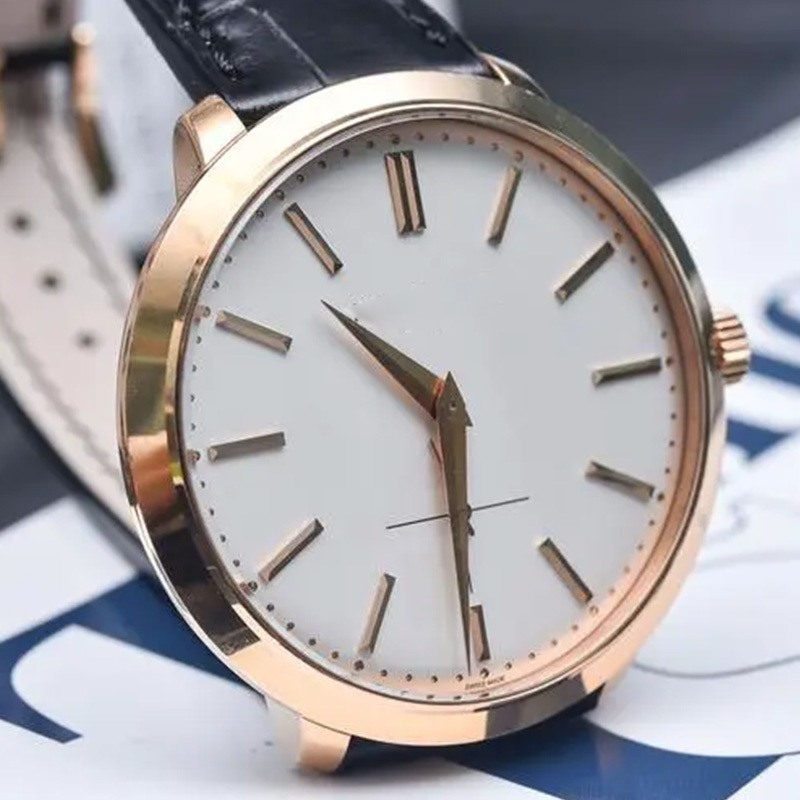NEWS AND INFORMATION

What is the allowable error range for Swiss watches
Release time:
Jul 28,2023
Firstly, it should be understood that the vibrating body of a quartz watch is quartz, which has a fixed vibration frequency and determines the vibration period. The period is the time of one vibration, so a quartz watch is more accurate because its vibration frequency is fixed. And for mechanical transmission, the power comes from the spring, which can cause unbalanced errors in mechanical transmission due to factors such as gravity, magnetic field, and metal fatigue. Therefore, it is normal for mechanical watches to have certain errors.
So within what range is it reasonable? The allowable error range for mechanical watches is ± 30 seconds per day, with an average error range of -4 seconds to+6 seconds per day certified by the Observatory. Rolex generally controls it within 5 seconds. The power source of the Automatic watch is that the swing of the wearer's wrist generates energy to wind up the spring. A fully wound Automatic watch can last for about 36 hours: if it can be worn normally every day, it can operate for about 15 hours. If it is not worn for more than the above time or the swing is insufficient (the wearer has less movement), it will cause the watch to stop. You should wind up the watch before wearing it again. The situation of travel time error:
(1) The accuracy of a watch varies depending on the type of movement of the watch. A quartz watch uses a quartz vibrator to replace the pendulum in a mechanical watch, using its correct high-speed oscillation to time. Generally speaking, the accuracy of a quartz watch is relatively high, with a Swiss standard of monthly error within 15 seconds, and some precise movements can even achieve an annual error within a few seconds.
(2) Mechanical watches rely on internal mechanical devices to control the uniform and accurate movement of the watch. These mechanical devices are affected by gravity, environmental temperature, and other factors, causing errors. Generally, the errors of mechanical watches are calculated on a daily basis, and may vary depending on the model and manufacturing quality of the movement. Generally, errors within 30 seconds per day are within the normal range.
The timing accuracy of mechanical watches cannot be achieved or maintained through calibration. Wae Ireoni? That's because the timing of a mechanical watch is constantly changing, relative to a state of spring tightness, a fixed position, and a temperature, it can temporarily be accurate, but relative to another condition, there will be changes, and it will be different immediately. That is to say, even if the watch is calibrated to within a second, it will not be maintained, and accuracy will always change in transients and fluctuations. Moreover, there are many other factors that have an impact on the accuracy of a watch, and the watch error can only be the average error per unit of time and actual movement.
Related News







